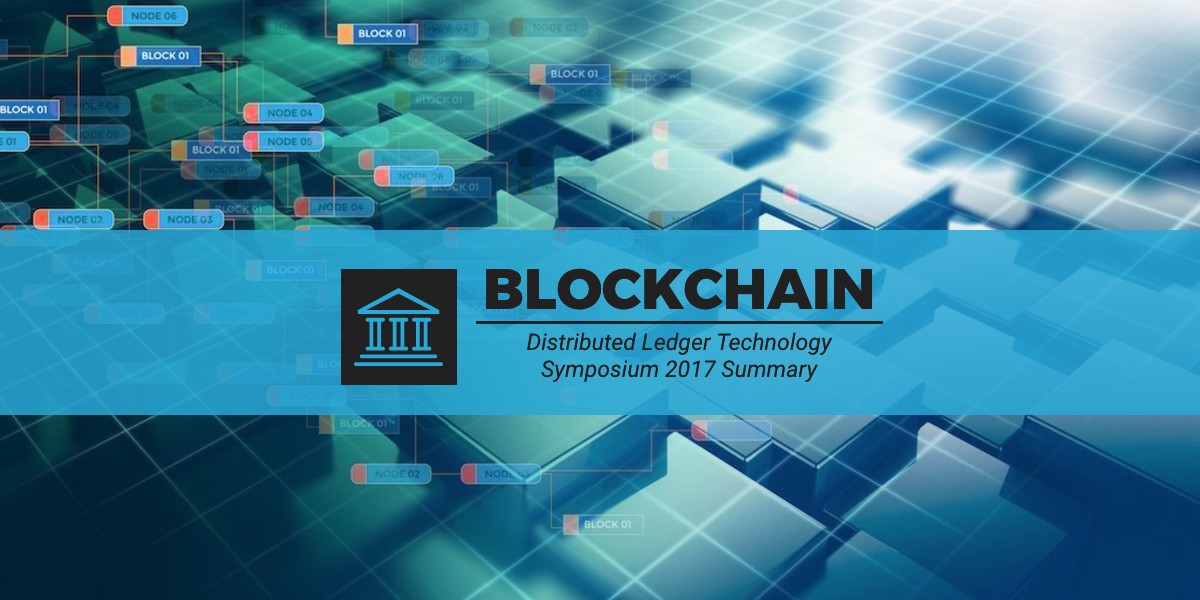Jun
16
Distributed Ledger Technology (Blockchain) Symposium 2017
This week, I had the pleasure of attending the SDLT 2017 at Griffith University on the Gold Coast. It was an opportunity to ‘nerd out’ on one of the current most exciting areas of technology since the explosion of the Internet late in the ’90s. The program covered technical, legal, regulatory and societal issues in Distributed Ledger Technologies (Blockchain). In this article, I have translated highlights of the Symposium from the computer science to business lingo.
Dr Mark Staples of Data61 (CSIRO) opened the day with an interesting reflection on the history of software engineering; from its birth in the late 1960s to highlights on some of the same core topics that still persist in the domain even to this day. One of this salient issues is the often hyped Blockchain and related technologies, weighted on the same core characteristics near 50 years on; a testament to the NATO conference members who formulated the principals and best practices of software engineering back in the day. This era of Blockchain technology gives rise to crypto-currencies (i.e. Bitcoin, Ethereum), and most importantly from a socio-legal perspective, to smart contracts and distributed autonomous organisations (DAO).
You can read the comprehensive definition of Blockchain on Wikipedia; however, Dr Staples eloquently distilled the essence of a Blockchain to simply, “A distributed database and a computational platform”. From a software engineering perspective, Blockchain is a logical progression to a dependable software system for data and computing, for applications where the integrity of data and the distribution of trust is important. DLT or Blockchain has become possible due to the vast number of computers connected through the Internet and Cloud technologies. The mechanism that makes a distributed database a blockchain is the concept of an encrypted block chained to a previous block in a continuous list. Only when linked and processed by a sufficient number of blockchain hashes that the block content is considered trusted. This is because once the block is mirrored over a vast network of computers it cannot be destroyed and it cannot be altered; any such tampering would be rejected from the chain.
This decentralisation was quoted in the Symposium as ‘owned by nobody and owned by everyone’, the precise appeal of a distributed ledger. From the results of data processing simulations Dr Staples asserts that, “the cost of distrust is expensive”. The added integrity a distributed ledger offers comes at a cost, in the form of privacy, latency, and the economic and energy costs of processing on the blockchain. The public blockchain is just one of many options available. Hyperledger (IBM) and other private distributed ledger technologies are alternatives offering a hybrid of the trade offs. Not all the data of a transaction payload need be on the blockchain. Software architects can design a combination of on and off blockchain components to enjoy the benefits without the drawbacks.
Industry representation at the Symposium included IBM and Mark Moir from Oracle. Mark presented “Towards Understandable Smart Contracts”, a body of research proposing The Oracle Policy Automation (OPA) tool to enable non-programmers to read, write and understand business rules. (Legal note: Mark emphasised the presentation of OPA in no way indicated Oracle’s intent of inclusion or non-inclusion in their product suite.)
Understandably, smart contracts featured heavily over the duration of the Symposium. A smart contract is a computer program that verifies and executes the terms of a contract upon the achievement of certain pre-defined events (triggers). Consumers are likely to encounter Blockchain through crypto-currencies, whereas the application of smart contracts are more likely to be implemented by businesses and less visible to the consumer. For example: banking transactions may be settled on the blockchain occurring across international boundaries in seconds rather than in days. The consumer may not even be aware of smart contracts, yet will experience their benefits.
Prof. John Flood, a Londoner (University of Westminster) now Inaugural Director of the Law Futures Centre at Griffith University, challenged delegates to contemplate the sociological implications of a world where Blockchain facilitates Decentralised Autonomous Organisations (DAOs), and banks, voting systems, government itself and other intermediary organisations need no longer exist. We are on the cusp of a new economic and social transformation. Rightly, Prof. Flood ended his presentation with the conclusion, “There is no conclusion” as we are yet to see how organisations and society as a whole reshape in a peer-to-peer world.
Initial Coin Offerings (ICOs) have recently surpassed VC funding. Before you consider creating your own ICO you should speak to Dr Adrian McCullagh, a lawyer and researcher with interests in blockchain, DAO and identity management to comprehend this murky legal minefield. Financial services and corporate regulators are yet to announce guidelines in this area. Yet Dr McCullagh put forward solid suggestions on how the better ICOs and pioneers are approaching the space with confidence.

http://www.coindesk.com/ico-investments-pass-vc-funding-in-blockchain-market-first/
Leading Brisbane and Gold Coast universities presented papers –
- Peter Robinson from the UQ IT & Electrical Engineering faculty discussed exploitation risks and recommended design patterns to mitigate against attacks on Blockchain.
- A contingent of researchers from Griffith University School of ICT raised the challenges in designing a Blockchain platform.
- Ms Karina Honey, a PhD candidate from UQ Business School presented material from her paper on evaluating the project success risk and suitable governance when implementing distributed ledger projects.
A special thank you to the co-chairs, Assoc. Prof. Vallipuram Muthukkumarasamy, Prof. Jin-Song Dong and the organising committee for bringing this event to the Gold Coast.
Presently, we are in the early stages of applying Blockchain technology to one of our projects at Envisage Apps. We trust these learnings will benefit future clients interested in applying these innovative technologies.
Nathan Challen
B Info Tech (Computer Science & Software Engineering)- QUT Class 1998

